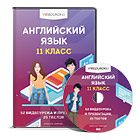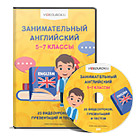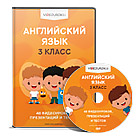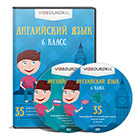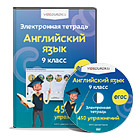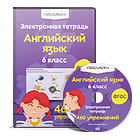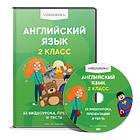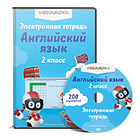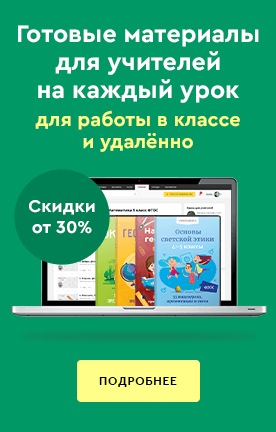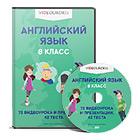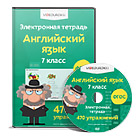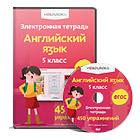| Lesson: Unit 6. Hats and masks | School |
| Date: | Teacher: |
| Class:1 | Number present:31 absent:0 |
| Learning objectives that this. Lesson is contributing to | L1-recognise short instructions for basic classroom routines spoken, slowly and distinctly UE11-use there is/there are to make short statements S1-make basic personal statements and simple statements about objectives S6-exchange simple greetings and say please, sorry and thank you |
| Lesson objectives | all learners will be able to: - pronouns new words correctly -find construction there is/are from the text |
| Most learners will be able to: - make up sentences with positive forms |
| Some learners will be able to: - make up own dialoguesusing construction there is/there are in singular and in plural |
| Success criteria: | -can make up sentences with new structure -can say the new words by learning by heart, make up positive sentences -can make up questions and role-play |
| Previous learning | Springtime in KZ learners will have answer the questions about Holidays and costumes of the holidays -What kind of holidays do you know in spring?
|
| Plan |
| Planed timing | Planed activities(replace the notes below with your planed activities) | Resources |
| Start 0-7 | T-S:Teacher brings into class: carnival masks of different holidays and introduce with the new words. Learners look at flash cards and repeat words; hat, mask, spider, clown, magic | Active board, pictures, carnival masks and hats, flash cards with new words: hat, mask, spider, clown, |
| Middle 7-12
13-23
23-26
26-36
36-42 | T-S: Learners match the words
S-S: Game: Snowdrop
T-S:Teacher demonstrate : Construction There is/are and how to use it in positive form and how to make question. There is a mask on the table. Is there a mask on the table? Yes. It is There are hats in the box Are there hats in the bag? No, it isn’t
T-S: Learnerslook at the pictures and sentences with construction there is/are This is a Kazakh hat. It’s red. There is a Kazakh hat is on the table. This is a magic hat. It’s black. There is a magic is hat under the chair. These are masks. They are different colors. There are masks in the box.
S-S:Learnerssee and listen to the video about 5 monkeys PJ masks song. After seeing the video I give tasks for the learners. They do masks of the characters. Then they introduce themselves.
S-S:Learners work with the workbookindividually
S-S:Learners make up dialogues and role play B: Hello, friends. Today is my birthday. Spider: Hi! Happy birthday. This hat is for you Clown: Good afternoon. Happy birthday to you. This magic stick is for you. Shrek: Sorry, I am late. Happy birthday. This mask is for you. B: Thank you
| Flash cards
pictures
flash cards and pictures
You tube 5 monkeys PJ masks song.
Workbook
Role play |
|
|
| Success criteria | Descriptor |
| Knowledge-comprehension (to know) Can say the new words | Can make up sentences using construction Can make masks and using it in a role play |
| Application (to use) Can use positive and questions sentences Can use constrictions in orall speech | To use new words To use masks |
|
|
|
| end 42-45 | S-T: |  I need a help I need a help
|  I can speak I can speak
|  I know and understand I know and understand
| |
|
|
|
Teacher takes whole class feedback. |
|
| Additional information |
|
| Differentiation-how do you plan to give more support? How do you plan to challenge the more able learners? | Assessment-how are you planning to check learners’ learning? | Cross-curricular links The use of masks of different holidays ICT-links Values links |
| They can make up sentences with the new construction More able learners can write dialogues and ask questions. They can write 6 words | Whole class use formative assessment | Interactive board Art (colorful pencils, papers) |
| Reflection Where the lesson objectives learning objectives realistic?
What did the learners learn today?
What was the learning atmosphere like?
Did my planed differentiation work well?
Did I stick to timings? What changes did I make from my plan and why?
| Use the spaces below to reflect on your lesson. Answer the most relevant questions from the box on the left about your lesson
|
| Summary evaluation What two things went really well (consider both teaching and learning) 1. 2.
What two things would have improved the lesson (consider both teaching and learning) 1. 2.
What have I learned from this lesson about the class or individuals that will inform my next lesson? |
| Lesson:Unit1 Body language | School:№6 |
| Date: | Teacher:KenzhegulovaAkerke |
| Class: 5 | Number present: absent: |
| Learning objectives that this. Lesson is contributing to | 5UE1: Use singular nouns, plural nouns –including some common irregular plural forms, use possessive forms s/s with proper names and nouns to talk about ownership 5W2: write words and phrases of regular shape and size 5UE6: use demonstrations pronouns this these that those in open and closed questions |
| Lesson objectives | all learners will be able to: *to pronounce new words correctly *find pictures of them |
| Most learners will be able to: *make up sentences *memorize the new words |
| Some learners will be able to: * |
| Success criteria: | Can make up sentences Can say about your body Can use demonstration pronouns and singular and plural nouns Can use forms s/s |
| Previous learning |
|
| Plan |
| Planed timing | Planed activities(replace the notes below with your planed activities) | resources |
| start | T-S: Phonetic drill How many fingers do you have? Five on my right hand Five on my left hand How many fingers do I have? T-S: Teacher brings into class flash cards with new words and pictures. Learners match the words with the photos. Listen, check and repeat Head Face Eye Ear Nose Mouth Tooth/teeth Hair Body Shoulders Leg Foot/feet Arm Hand Knees
|
Pictures |
| middle | Teacher demonstrate construction: this, that, these. those and noun, form s/s how to use it in positive sentences This is a hand. These are my hands That is an eye Those are eyes
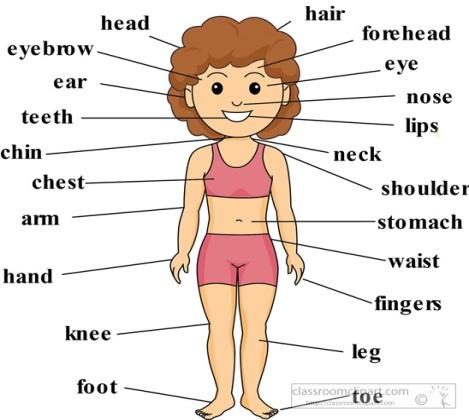
S-S: Learners listen to the text. Read it in the group then do true or false statements.
Let’s relax Head, shoulders, knees and toes, Knees and toes. Head, shoulders, knees and toes, Knees and toes. Eyes, ears, mouth and nose Head, shoulders, knees and toes, Knees and toes Game: Bingo
|
picture
You tube
Play game |
| end |
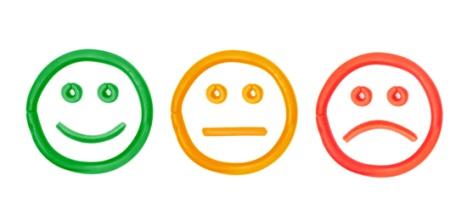
|
|
| Additional information |
|
| Differentiation-how do you plan to give more support? How do you plan to challenge the more able learners? | Assessment-how are you planning to check learners’ learning? | Cross-curricular links Health and safety check ICT-links Values links |
|
|
|
|
| Reflection Where the lesson objectives learning objectives realistic?
What did the learners learn today?
What was the learning atmosphere like?
Did my planed differentiation work well?
Did I stick to timings? What changes did I make from my plan and why?
| Use the spaces below to reflect on your lesson. Answer the most relevant questions from the box on the left about your lesson
|
| Summary evaluation What two things went really well (consider both teaching and learning) 1. 2.
What two things would have improved the lesson (consider both teaching and learning) 1. 2.
What have I learned from this lesson about the class or individuals that will inform my next lesson? |
| Lesson: | School: |
| Date: | Teacher: |
| Class: | Number present: absent: |
| Learning objectives that this. Lesson is contributing to |
|
| Lesson objectives | all learners will be able to: |
| Most learners will be able to: |
| Some learners will be able to:
|
| Success criteria: |
|
| Previous learning |
|
| Plan |
| Planed timing | Planed activities(replace the notes below with your planed activities) | resources |
| start |
|
|
| middle |
|
|
| end |
|
|
| Additional information |
|
| Differentiation-how do you plan to give more support? How do you plan to challenge the more able learners? | Assessment-how are you planning to check learners’ learning? | Cross-curricular links Health and safety check ICT-links Values links |
|
|
|
|
| Reflection Where the lesson objectives learning objectives realistic?
What did the learners learn today?
What was the learning atmosphere like?
Did my planed differentiation work well?
Did I stick to timings? What changes did I make from my plan and why?
| Use the spaces below to reflect on your lesson. Answer the most relevant questions from the box on the left about your lesson
|
| Summary evaluation What two things went really well (consider both teaching and learning) 1. 2.
What two things would have improved the lesson (consider both teaching and learning) 1. 2.
What have I learned from this lesson about the class or individuals that will inform my next lesson? |
 I need a help
I need a help I can speak
I can speak I know and understand
I know and understand

